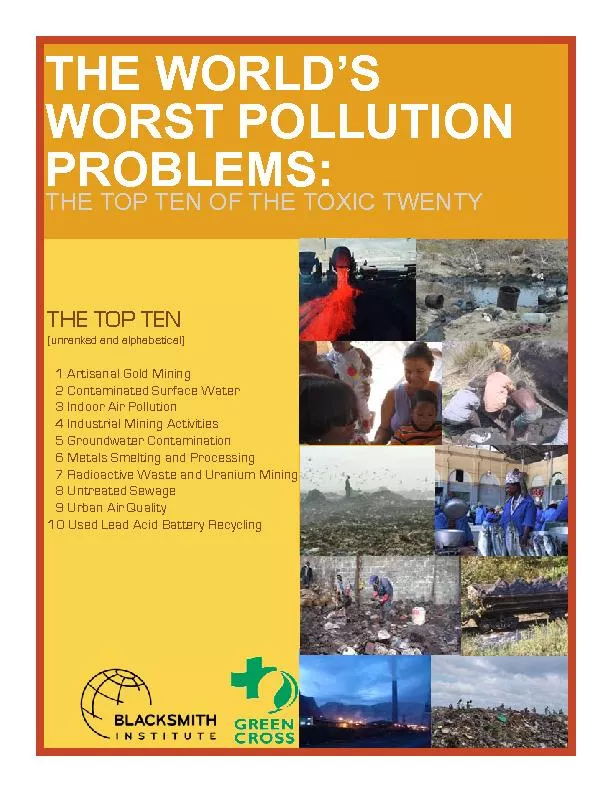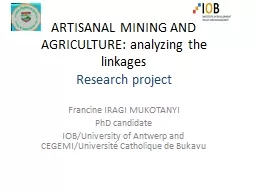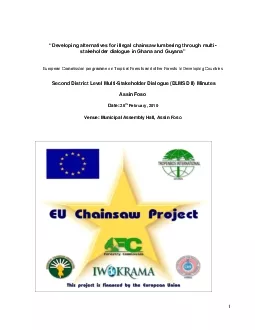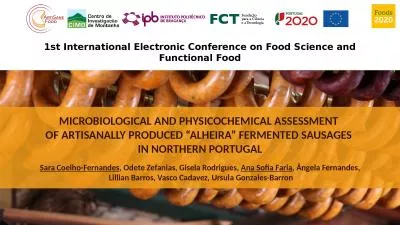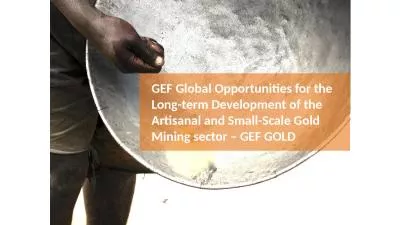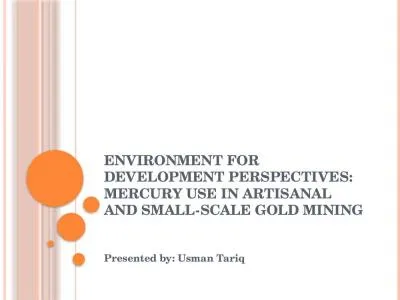PDF-THE TOP TEN (unranked and alphabetical)1 Artisanal Gold Mining2 Contam
Author : min-jolicoeur | Published Date : 2016-07-11
THE TOP TEN OF THE TOXIC TWENTY 2 This document was prepared by the staff of Blacksmith Institute in partnership with Green Cross Primary AuthorsVictoria Kong MSMeredith
Presentation Embed Code
Download Presentation
Download Presentation The PPT/PDF document "THE TOP TEN (unranked and alphabetical)1..." is the property of its rightful owner. Permission is granted to download and print the materials on this website for personal, non-commercial use only, and to display it on your personal computer provided you do not modify the materials and that you retain all copyright notices contained in the materials. By downloading content from our website, you accept the terms of this agreement.
THE TOP TEN (unranked and alphabetical)1 Artisanal Gold Mining2 Contam: Transcript
Download Rules Of Document
"THE TOP TEN (unranked and alphabetical)1 Artisanal Gold Mining2 Contam"The content belongs to its owner. You may download and print it for personal use, without modification, and keep all copyright notices. By downloading, you agree to these terms.
Related Documents

